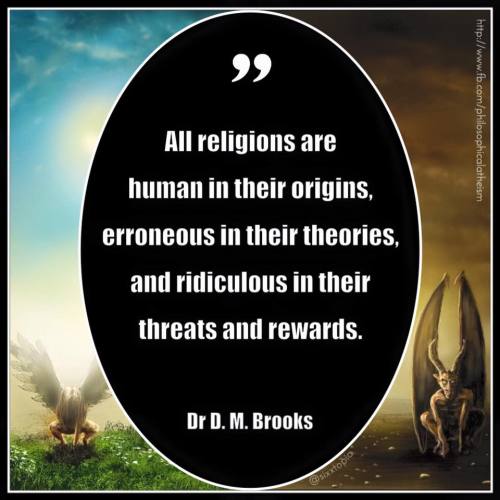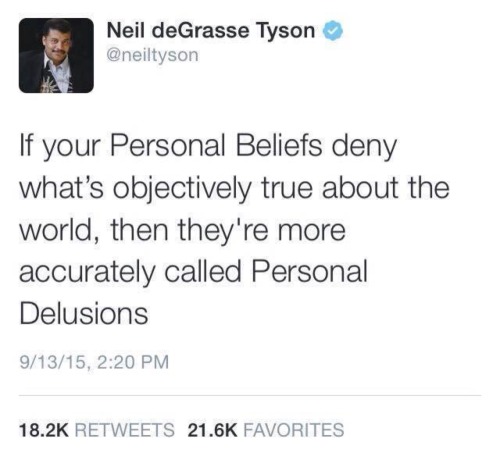Nuclear power is one of the few things - along with smallpox and climate change - that really is even worse than its most hysterical opponents claim.
Zandar:
As I mentioned this morning, today is the anniversary of the Fukushima
disaster in Japan, which resulted in tens of thousands dead, tens of
thousands more displaced, and a nuclear plant meltdown that will
continue to cause detrimental environmental effects for generations.
Reactor number one at Fukushima Daiichi is still so hot that five years later, robots still can't enter.
The robots sent in to find highly radioactive fuel at Fukushima's
nuclear reactors have “died”; a subterranean "ice wall" around the
crippled plant meant to stop groundwater from becoming contaminated has
yet to be finished. And authorities still don’t know how to dispose of
highly radioactive water stored in an ever mounting number of tanks
around the site.
Five years ago, one of the worst earthquakes in history triggered a
10-meter high tsunami that crashed into the Fukushima Daiichi nuclear
power station causing multiple meltdowns. Nearly 19,000 people were
killed or left missing and 160,000 lost their homes and livelihoods in
the quake and tsunami.
Today, the radiation at the Fukushima plant is still so powerful it has
proven impossible to get into its bowels to find and remove the
extremely dangerous blobs of melted fuel rods, weighing hundreds of
tonnes. Five robots sent into the reactors have failed to return.
The plant's operator, Tokyo Electric Power Co (Tepco) has made some
progress, such as removing hundreds of spent fuel roads in one damaged
building. But the technology needed to establish the location of the
melted fuel rods in the other three reactors at the plant has not been
developed.
“It is extremely difficult to access the inside of the nuclear plant,"
Naohiro Masuda, Tepco's head of decommissioning said in an interview.
"The biggest obstacle is the radiation.”
The fuel rods melted through their containment vessels in the reactors,
and no one knows exactly where they are now. This part of the plant is
so dangerous to humans, Tepco has been developing robots, which can swim
under water and negotiate obstacles in damaged tunnels and piping to
search for the melted fuel rods.
But as soon as they get close to the reactors, the radiation destroys
their wiring and renders them useless, causing long delays, Masuda
said.
Each robot has to be custom-built for each building.“It takes two years to develop a single-function robot,” Masuda said.
And so the cleanup will continue, probably for the rest of the lives of
the people there working to decontaminate the site now. It's a massive
environmental disaster that should have been the end, worldwide, of
nuclear power technology. It's not. And there are hundreds more
potential Fukushima meltdowns waiting to happen. We do this to
ourselves and see the results, and we still do it.
We only get one planet, and we've killed it multiple times over.
But wait! Nuclear power gets worse. As has been true from the birth of nuclear power, nuke plants are never, ever, EVER cost-effective. They always cost more and charge their customers more than any other kind of electricity generation - even solar and wind in the infancy of those technologies when they cost a mint, but nuclear cost a dozen mints.
But don't be relieved - there's one way to make nuclear energy economical: make the government - that would be you and me as taxpayers, but not the profit-taking nuke industry - subsidize it.
Joe Romm at Think Progress:
In the modern era, nuclear power plants have almost always become
more and more expensive over time. They have a “negative learning curve”
— along with massive delays and cost overruns in market economies. This
is confirmed both by recent studies and by the ongoing cost escalations
of nuclear plants around the world, as I’ll detail in this post.
The cost escalation curse of nuclear power
“Ever since the completion of the first wave of nuclear reactors in
1970, and continuing with the ongoing construction of new reactors in
Europe, nuclear power seems to be doomed with the curse of cost
escalation,” read one 2015 journal article, “Revisiting the Cost Escalation Curse of Nuclear Power.”
In the United States, the cost of Georgia Power’s newest twin Vogtle
reactors may top initial estimates of $14 billion and reach $21 billion,
according to recent Georgia Public Service Commission testimony. Of
course, the first two Vogtle Units begun in 1971 took 18 years to build
(a decade over schedule) at a final price of $9 billion — ten times the
original price tag. BloombergBusiness wrote last fall, “Even as sympathetic an observer as John Rowe [former chair of the U.S.’s largest nuclear utility] warns that the new units at Vogtle will be uneconomical when — or if — they’re completed.”
Nuclear power: worse than coal, worse than fracking, worse than Saudi oil, worse than anything.














